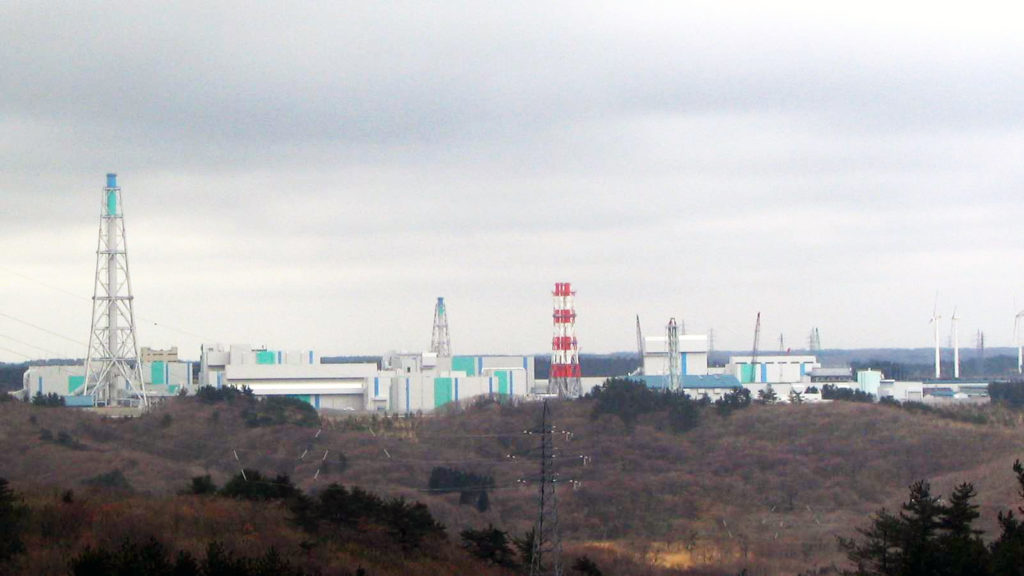
As more nations turn to nuclear energy to fuel their lower carbon futures, the option of reprocessing used fuel, rather than storing it indefinitely, could become more appealing to certain countries. Reprocessing, however, has long been viewed as a proliferation risk since the practice involves producing material—in certain stages of the process— that could be attractive for use in nuclear weapons. Micah Jackson is a nuclear engineering graduate student working with Center for Nuclear Security Science and Policy Initiatives (NSSPI) Director Dr. Sunil Chirayath to develop a proliferation resistance enhancement to reprocessed uranium for use in nuclear reactors to make reprocessed fuel less likely to be used for nefarious purposes.
This enhancement relies on the accumulation of 236U and 238Pu that occurs during reprocessing. The reprocessed uranium has higher concentrations of 236U in relation to natural uranium fuel. As the recycling process repeats, it increases the number of other isotopes, specifically 238Pu. A higher concentration of this isotope can render the fuel unattractive to being used to produce weapons. Additionally, this recycling process discourages the production of highly enriched uranium due to the difficulty of only enriching the fuel in 235U without enriching 234U and 236U in the fuel.

“The prospect of using the separation of the uranium and plutonium will always be the main concern with reprocessing,” remarked Jackson. “The more the concentration of non-attractive uranium and plutonium isotopes that are found in the fuel, the less attractive it will be to adversaries.”
Jackson ran simulations of reactor fuel (re-enriched reprocessed uranium) irradiation by employing a Monte Carlo N-Particle Transport code. The mathematical uranium enrichment process employed in this study was based on the Matched Abundance Cascade Ratio (MARC) model, which uses a multicomponent mixture enrichment. This showed that utilizing re-enriched reprocessed uranium can decrease the proliferation risk in a closed fuel cycle operation scenario.
Jackson is graduating with a Master of Science degree in nuclear engineering from Texas A&M University this summer. As a NSSPI student, he participated in the Domestic Nuclear Facilities Experience to Oak Ridge National Laboratory, funded by the National Nuclear Security Administration’s Office of International Nuclear Safeguards, where he took part in non-destructive assay training for nuclear safeguards. He also completed the Professional Certificates in Nuclear Security Fundamentals and the Policy and Technical Fundamentals of International Nuclear Safeguards, as well as participating in the INMM Workshop on the Policy and Technical Fundamentals of International Nuclear Safeguards. Prior to joining NSSPI, Jackson graduated from Texas A&M with a Bachelor of Science in nuclear engineering with a minor in mathematics and radiological health engineering. After graduation, he joined Pantex doing work in nuclear engineering safety.